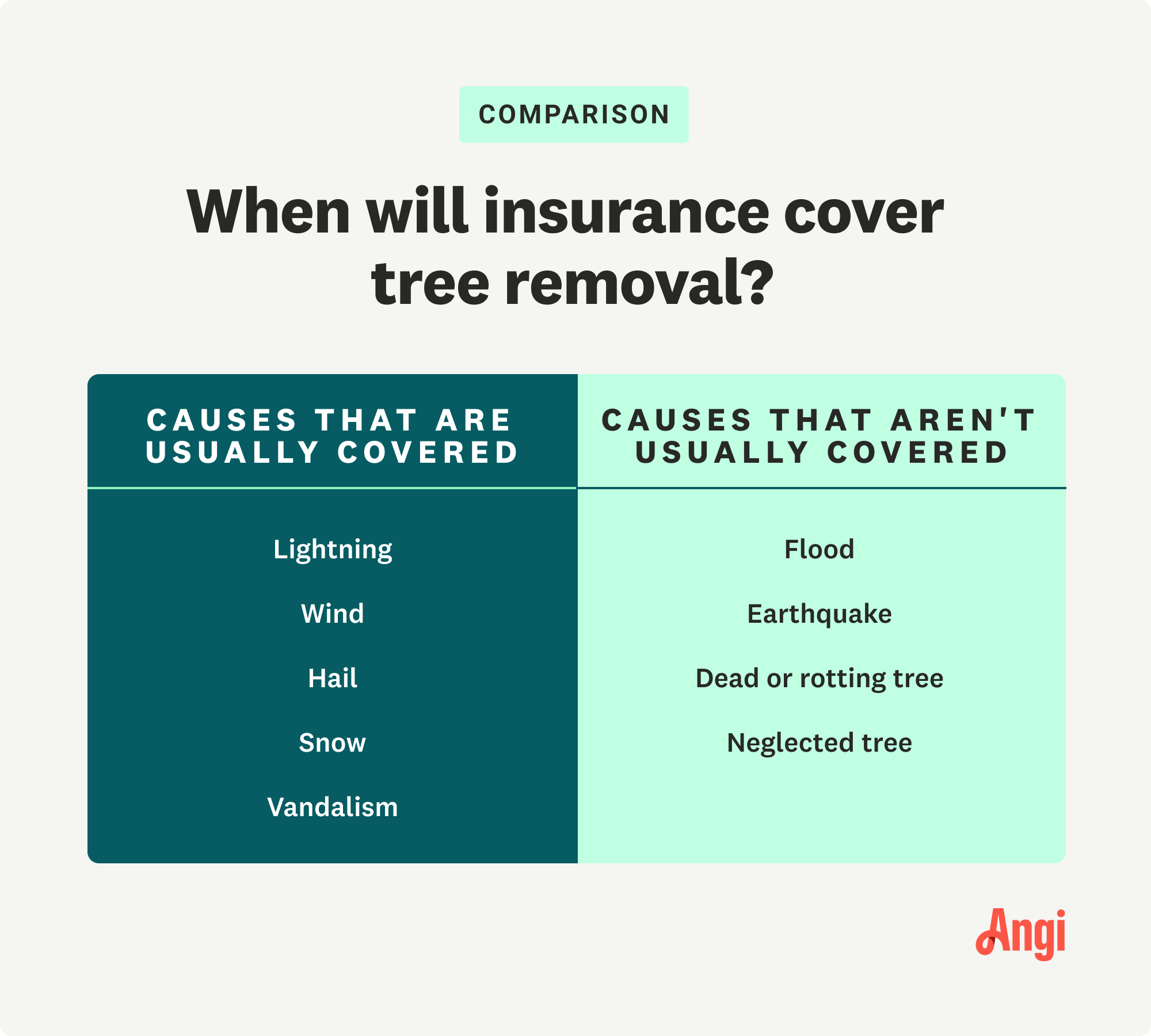How to Verify Tree Service Insurance: A Complete Guide
Vet a pro before taking out the maple tree growing uncomfortably close to your window


Tree removal services should have both liability insurance and workers’ compensation for the best protection.
Most tree service professionals are happy to provide you with proof of insurance when you ask.
To confirm your contractor is insured, call the insurance company to check.
When you’re considering hiring a tree removal service, it's important to verify that the company carries the proper insurance to cover any onsite accidents or damage. Accidents happen, and when they do, insurance will protect both people and property in the aftermath. Here's how to verify tree service insurance to ensure your tree removal pro is insured.
What Types of Insurance to Look For

There are various types of insurance for tree service contractors, but liability insurance and workers’ compensation are arguably the most important ones. The company’s website may indicate whether or not they are insured, but this is not always the case. It’s important to check for this information to avoid potentially costly issues down the line, such as job site injury or damage done during the tree removal.
Liability Insurance

Liability insurance will come in handy if there are any accidental damages during the tree removal process. It covers both the homeowner and the tree removal professional. Liability insurance offers legal protection if a lawsuit resulting from personal injury or property damage arises.
If the pro you hire has liability insurance, you won’t be on the hook if they make a mistake while working. However, without liability insurance, you’ll be responsible for the repair bills.
Workers’ Compensation
Another key type of insurance every tree removal expert should have is workers’ compensation. Like liability insurance, this type of insurance can protect both the homeowner and the contractor working on the homeowner’s property. Workers’ compensation ensures that the contractor or company is responsible if an employee gets injured on the job. Because work-related injuries come with some of the most costly claims, this is a must for any contractor you hire, no matter the size of the company.
Ask for an Insurance Certificate
When you’re searching for the right tree removal pro, don’t hesitate to ask a lot of questions, especially about insurance and credentials. Here are some questions to ask:
Do you have liability insurance?
Do you have workers’ compensation?
What is the name of your insurance provider?
You can go one step further and request a copy of the insurance certificate. Contractors are often happy to provide this documentation, which is a great thing to have in your files.
Contact the Insurance Company
Call or email the insurance company to request a copy of the tree removal company’s certificate of insurance. Hold off on signing a contract with the company until you confirm this information. Tree removal work can be hazardous, and insurance protects everyone involved, from the homeowner to the tree removal service and their crew.
A billing statement from the insurance company is not the same as an insurance certificate, and it’s not adequate proof of insurance. While these show insurance coverages, they don’t prove that the contractor actually paid the bill or if it’s up-to-date. If your tree removal pro cannot provide a current insurance certificate, call the insurance company to see if their policy is still in effect.
Frequently Asked Questions
Yes, you will want to confirm that the tree removal company is properly insured before proceeding with hiring them for the job. Look for a tree service company with both general liability and workers’ compensation insurance to protect you and your home from potential damages. Do not hire a tree removal company that cannot provide proof of insurance.
It is possible for you to cut down your own tree, but only take this project on if it’s a small tree and you’re experienced handling a chainsaw. If you need to use a ladder to cut down the tree or tree limbs, it’s too large (and dangerous) for you to remove yourself.
Hire a pro instead who can safely remove the tree without injury to you, themselves, or your home. Either way, look into tree removal regulations for the state you live in before having a tree removed to ensure it’s not a historic tree or protected by your city.
You’ll pay between $200 and $2,000 to hire a tree removal professional to cut down and remove a tree. The price difference depends on the size of the tree, its location and health, and any complexities that will affect removal, like a tricky location or proximity to your home.
Professional tree service companies typically insure themselves for between $500,000 to $2 million, depending on the size of the company and the extent of work they do—that type of tree-cutting insurance costs between $3,000 and $6,000 a year. But the average U.S. tree-cutting insurance policy covers about $1 million in general liability, which costs roughly $40 a month or $500 a year.














